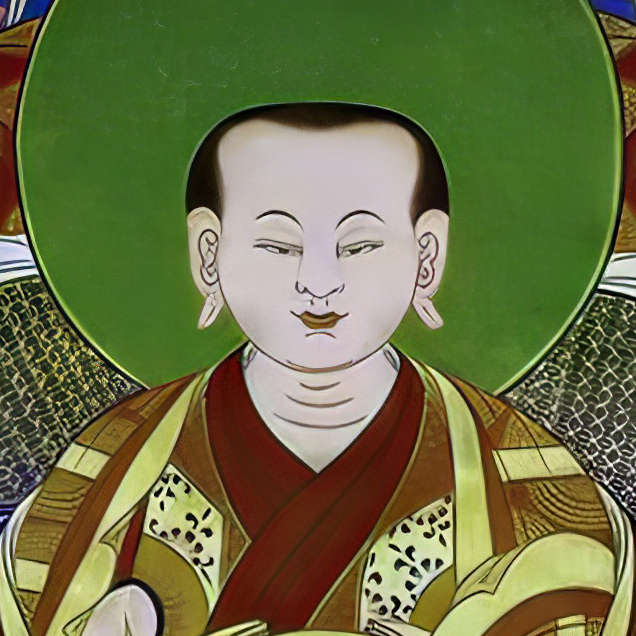




Next via Barikot to the Torkadara (dara means gorge) ( Najigram) and Amlukdara Stupas which are a few kilometers apart from each other. The way to Torkadara Stupa passes very narrow windy roads. After this to Torkadara Stupa which has the scenic Elam Mountain in the background.
“Legend tells of a serpent king, the Apalala, who lived in a lake high in the peaks of the Hindu Kush. Every year he demanded an annual offering of grain from the people living in the valley of the Swat river, which flowed from the lake. The valley was fertile, hence its name — Udyāna, the garden. But one year the people refused to give the offering and Apalala flooded their lands in revenge. The people duly asked help of Buddha. He came to the valley, converted Apalala and left his footprint on a rock as a sign of his visit.




The footprint survives (now in the local museum), the Swat River still floods, and for many centuries the valley kingdom remained a centre of Buddhism….”
(See: https://silkroaddigressions.com/2017/12/28/amluk-dara-stupa/amp/ )
During its heyday, monks and merchants carried news of Udyāna’s Buddhist sights and temples along the Silk Road to China and the mountain valley became part of the itinerary for pilgrim monks en route to India. The first to leave a record was Faxian, who arrived in about 403. He stayed for several months visiting the Buddha footprint along with the rock on which he dried his clothes, and the place where he converted ‘the wicked serpent.’ He noted that there were 400 Buddhist monasteries.
Other pilgrims followed, including Xuanzang in 630 and the Korean monk, Hyecho, around 727. By their time Buddhism was in decline in the plains below Swat, but the valley provided an enclave. Indeed, recent archaeological work by Dr Luca Olivieri and his colleagues of the Italian Archaeological Mission has shown that rebuilding of Buddhist shrines and temples continued into the tenth centuries, long after Buddhism had disappeared in its Indian homeland.
(See: https://www.inebnetwork.org/newsbuddhist-heritage-of-gandhara-pakistan/)
Located in the town of Barikot, the structure likely dates to the second century B.C.E., according to a statement. It was built atop an earlier Buddhist temple dated to as early as the third century B.C.E.—

